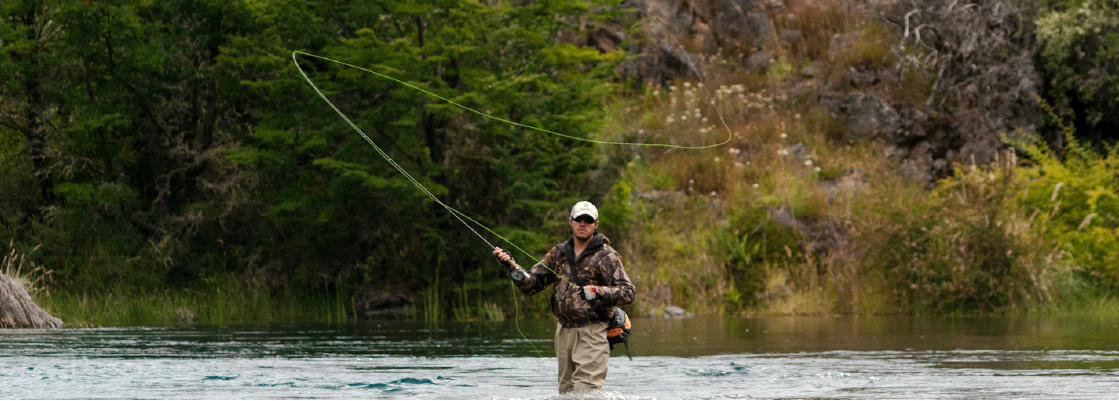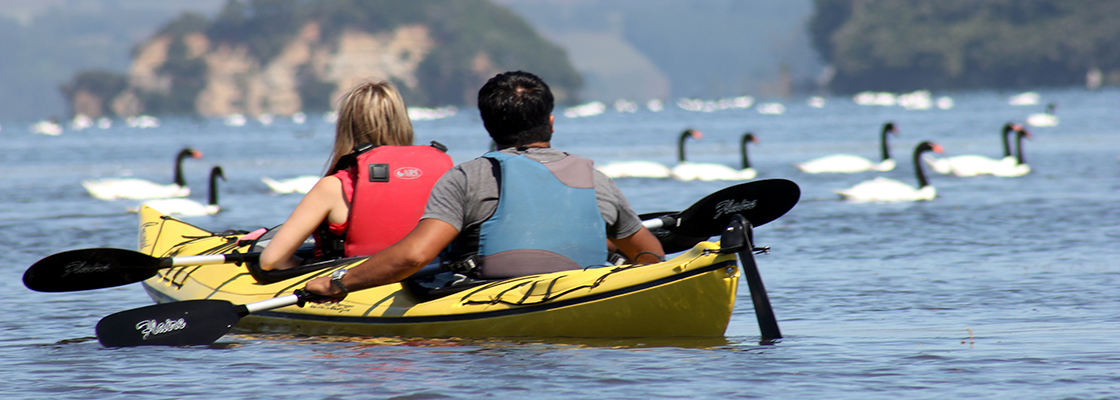Recreational fishing

There are over 35 locations in lakes, Andean rivers and the seaside, where recreational fishing can be practiced and the main species such as salmon, trout, pejerrey, sea bass, croaker, sole fish and sawfish can be found. Toltén and Imperial rivers banks are particularly appealing for trawler fishermen.










